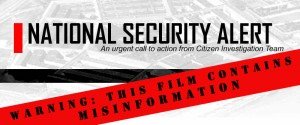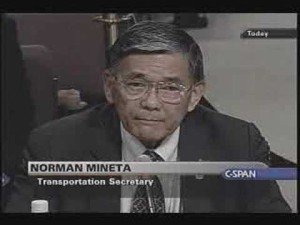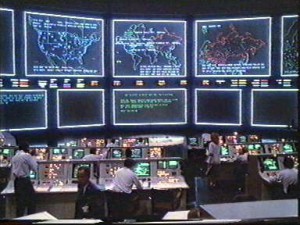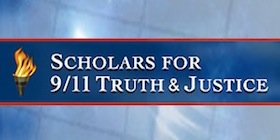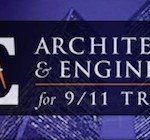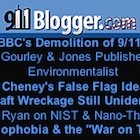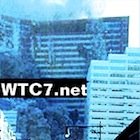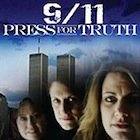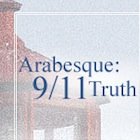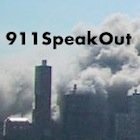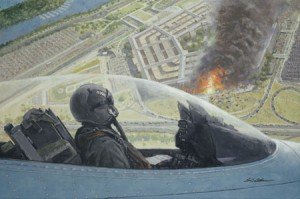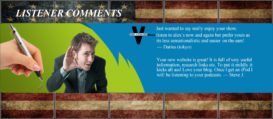From the History Commons Groups blog:
New entries have been added to the Complete 9/11 Timeline at History Commons, which cover various events relating to the 9/11 attacks. Many of them describe warnings about the danger posed by al-Qaeda that were given in the 12 months leading up to 9/11 and some describe events from the day of September 11, 2001, itself.
Donald Rumsfeld Was Concerned about a Possible ‘Modern-Day Version’ of Pearl Harbor
A couple of new timeline entries deal with Secretary of Defense Donald Rumsfeld’s preoccupation, in the months before 9/11, with the Japanese attack on Pearl Harbor, Hawaii, in December 1941 that led America to enter World War II. In March 2001, Rumsfeld sent members of the Joint Chiefs of Staff a copy of the foreword to a book, which discussed the US government failures that led to the attack on Pearl Harbor. And in July that year, he wrote a note to himself in which he expressed his fear of the United States experiencing a “modern-day version” of the attack on Pearl Harbor.
Other senior officials talked, in the months before 9/11, about the possibility of a Pearl Harbor-like event happening in the future. In June 2001, Army General Tommy Franks, commander in chief of the US Central Command, gave a speech in which he said the US needed to prepare for an “asymmetric” attack resembling the attack on Pearl Harbor. And on the day before 9/11, Charles Nemfakos, deputy under secretary of the Navy, said during a briefing that the US would have to suffer an attack comparable to the attack on Pearl Harbor before it would address the problems with its defense policy.
Officials Warned about the Danger Posed by Al-Qaeda
A number of new entries describe warnings that were made, in the 12 months before 9/11, about al-Qaeda and the possibility that it would carry out an attack in the United States.
In September 2000, CIA officer Ben Bonk warned Republican presidential candidate George W. Bush of the threat posed by Islamic extremist groups and said that, in the next four years, Americans would be sure to die in a terrorist attack. At the end of May 2001, terrorism experts Steven Emerson and Daniel Pipes wrote an article for the Wall Street Journal in which they stated that al-Qaeda was “planning new attacks on the US.”
In the summer of 2001, Tommy Franks raised concerns that al-Qaeda would attack Western facilities in the Middle East using planes loaded with explosives. Four days before 9/11, Franks actually told his intelligence officers his greatest fear was that terrorists would attack the World Trade Center.
One week before 9/11, White House counterterrorism chief Richard Clarke wrote a memo in which he warned that “hundreds of Americans” could die in an al-Qaeda attack. And on the day before 9/11, a report was issued to Congress, which stated that al-Qaeda “wants to strike within the United States.”
There were also concerns that the Pentagon could be the target of an attack. At some time in the year 2000, a software system commissioned by the Department of Defense determined that the building was vulnerable to a terrorist attack. And, prior to 9/11, some Pentagon Renovation Program workers were concerned about the possibility of a “crazy pilot” deliberately crashing a plane into the Pentagon. And yet, at some unspecified time before 9/11, senior FBI agent John O’Neill told Senate Intelligence Committee staffers there were no threats to aviation in the United States.
Air Defense Exercise Was Based on Bin Laden Attacking Washington
A couple of entries reveal how personnel at NORAD’s Northeast Air Defense Sector, who were responsible for protecting the airspace in which the hijackings occurred on September 11, were made aware of the al-Qaeda threat. They were briefed about the danger posed by Osama bin Laden in July 2001, and on August 4, 2001, they participated in a training exercise based around the scenario of bin Laden using a drone aircraft to attack a prominent target in the Washington, DC, area.
An entry describes three “economic security exercises” held between 1997 and 1999 by the Naval War College in Newport, Rhode Island, and Wall Street bond firm Cantor Fitzgerald, in which participants considered scenarios such as terrorists attacking the US financial community with bombings using aircraft. The Naval War College and Cantor Fitzgerald subsequently held three “war game workshops” at the World Trade Center, which apparently served as good preparation for the challenges of the post-9/11 world.
NORAD Didn’t Tell the Pentagon about the Hijackings on September 11
Other new timeline entries describe events from the day of September 11.
For more than 50 minutes after it learned a plane had been hijacked, NORAD (the North American Aerospace Defense Command) failed to inform the National Military Command Center at the Pentagon about the hijacking. And for at least 50 minutes after its fighter jets set up a combat air patrol (CAP) over Washington, NORAD failed to tell the Pentagon’s air threat conference call that the CAP had been established.
Several entries describe the actions of Douglas Cochrane, Vice President Dick Cheney’s military aide, in response to the terrorist attacks. After he learned a plane had crashed into the World Trade Center, Cochrane went from his office to the White House Situation Room and then, briefly, to Cheney’s office. After he saw the second crash at the World Trade Center live on television, he returned to his office to fetch the “nuclear football”–a briefcase that holds the codes necessary for the vice president to initiate a nuclear attack. He subsequently joined Cheney in an underground tunnel that leads to the Presidential Emergency Operations Center below the White House, where he was told that an aircraft had hit the Pentagon.
Please consider donating to History Commons, to help it continue as a leading informational source for the 21st century. To make a donation, click here.
